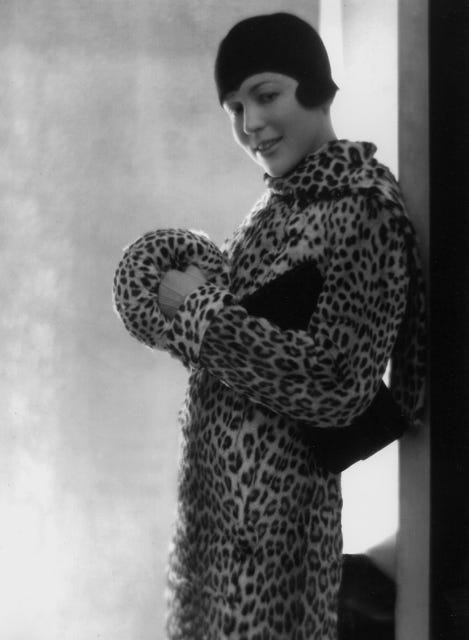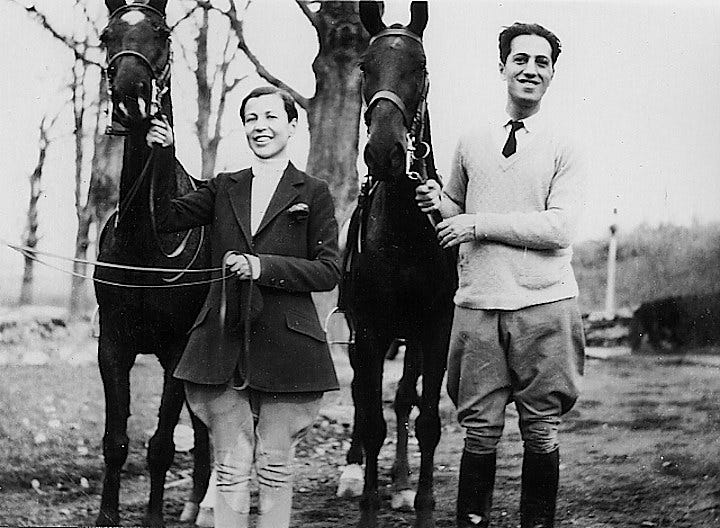
The composer and songwriter, Kay Swift, is an intriguing figure. Today, her name is mentioned mostly in passing, usually only in association with George Gershwin. However important Swift’s ten-year long friendship and affair might have been to both Swift and Gershwin, her music had an enormous influence on the development of the American musical and the classical pieces that she wrote are truly excellent.
Katharine Faulkner Swift was born in New York City in April, 1897, and was trained at the Institute for Musical Art, which would become the Juilliard School. She had every intention of a career as a classical pianist and composer and after graduating was a member of the Edith Rubel Piano Trio. She wrote the wonderful Theme and Variations for Cello and Piano for the cellist in this trio, Marie Rosanoff.
Swift married James Paul Warburg in 1918 and while he was a banker, his passion was poetry and under the pseudonym, Paul James, became Swift’s lyricist. They penned the song, Can’t We Be Friends, in 1929 and this became her biggest hit. This song has since been sung and recorded by the world’s greatest singers, but I love the first one made by Red Nichols and His 5 Pennies.

In 1930, Swift and her husband wrote the hit musical of the year, Fine and Dandy. The title song has become a jazz standard, but this musical was not like any other show of its era. The score relied heavily on the sound of saxophones, which hadn’t really been used to this extent before. Also, the subject of upward mobility and socioeconomics wasn’t something usually addressed in the typical carefree free plots of the musicals of the time. It ran for 255 performances that year, outdoing Gershwin’s Strike Up The Band, which had also opened that year, by a considerable amount. You can tell there’s something special from the overture.
Swift met Gershwin in 1925 and as their friendship and affections for each other grew, so did her interest in jazz and broadway. At the same time he started to rely on her musical opinion and knowledge for his musicals and other works. Gershwin gave her the nickname, Kay, and they remained close until his death in 1937.

In 1934, Swift wrote the music for Balanchine’s first American ballet, Alma Mater. Here is a charming Waltz, Polka, and Angry Dance from this very important ballet.
After Gershwin’s death, Swift collaborated with Ira Gershwin to complete and arrange some of his works. Here is her arrangement of Gershwin’s Prelude “Sleepless Night” from 1946.
While Swift was the supervisor of music for the 1939 New York World’s Fair, she met her second husband, rancher Faye Hubbard, at the Fair’s rodeo exhibition. Their six-year marriage in Oregon was fictionalized in 1943 Swift book, Who Could Ask For Anything More? RKO made the book into the 1950 film Never a Dull Moment, starring Irene Dunne and Fred MacMurray, with a few new songs by Swift herself!
In 1952, Swift wrote her other full-length Broadway music, Paris ’90. It was orchestrated by Robert Russell Bennett and it was a showcase for the star, Cornelia Otis Skinner. Here’s the engaging Overture.
In 1953 Swift wrote perhaps her most celebrated concert piece, Reaching for the Brass Ring, a song cycle in honor of her grandchildren. It was premiered by the Philadelphia Orchestra. Here are a few of the songs.
For the Century 21 Exposition in Seattle in 1962, Swift was commissioned to write music and here is the very interesting Century 21 Suite for Orchestra.
Her last years were spent transcribing and performing Gershwin’s music. She passed away at the age of 95, January 28, 1993.
